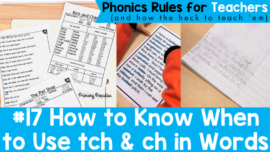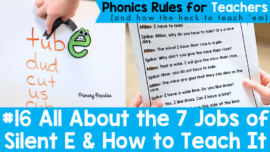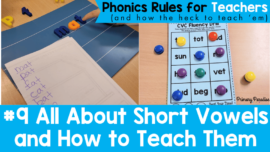Teaching writing skills in kindergarten, first grade, and second grade involves many parts. One area that students in this age often struggle with is creating descriptive writing pieces. Primary grade students need teachers to foster their ability to show, not tell when it comes to their sentences. Here are 5 ways to help elementary students create descriptive, interesting sentences in their writing pieces.
1. Share rich mentor texts and look for descriptive language.
The first and easiest thing you can do is to share rich mentor texts with your students. As you’re reading, ask students to listen for sentences that make them feel something, or that put a picture in their head.
A nice technique to encourage show don’t tell writing is to have them close their eyes while they listen to a page and then discuss what they think a character or thing looks like based on the description. You can also read a description of a person or place and have them draw what they think it looks like based on the description. The more students are exposed to rich, well written, descriptive text, the more likely they will be to try it out themselves.
2. Act it out.
Acting it out is a fun and effective way to have students practice showing, not telling. Here’s how it works. Write a boring sentence like “Jack is mad.” for all students to see. Then, have Jack come to the front of the class and ask him to act it out. (Be sure to pick a student or students who would enjoy this activity.) Encourage the student to really get into it. What do you do when you’re mad? And then, underneath “Jack is mad.” Describe what Jack is doing. Jack stomped his feet and made fists with his hands. His face got red and he yelled, “I did not like that!”.
You can repeat this with different students, different emotions, and different objects. You can also act something out and have your students describe it.
This also works well for conferencing. If a student has a sentence like “She thought it was funny.” You could have them act it out and then describe what they did. Just don’t be surprised if writing time gets a bit more animated as well their writing getting more descriptive.
3. Workshop sentences together.
In addition to acting it out, you can also workshop sentences together with students. You can do this with an actual students’ sentence from their writing that they don’t love. You can also just give students different examples. It shows that that they can take a less than thrilling sentence like “The house was blue.” to “The large house was the color of the ocean.” in time. It also shows them that writing can (and should) be a collaborative process, and that other people’s input can be extremely helpful.
This process is relatively simple. Give students a rather dull sentence, and encourage them to add details to make it more descriptive. Encourage them to use their senses. What does it look like? Taste like? Smell like? Feel like? Sound like?
For example, show them a picture of a fluffy, white bunny, and then a sentence of “The bunny is white.” Have them think about what the bunny feels like, looks like, sounds like. Encourage them to think of other white, fluffy things. Write down all of the ideas, and then have them pick their favorites. You might go from “The bunny is white.” to “The bunny was like a soft, fluffy cloud on a bright sunny day.” Or “The bunny’s name was cotton because that’s what he looked and felt like.”
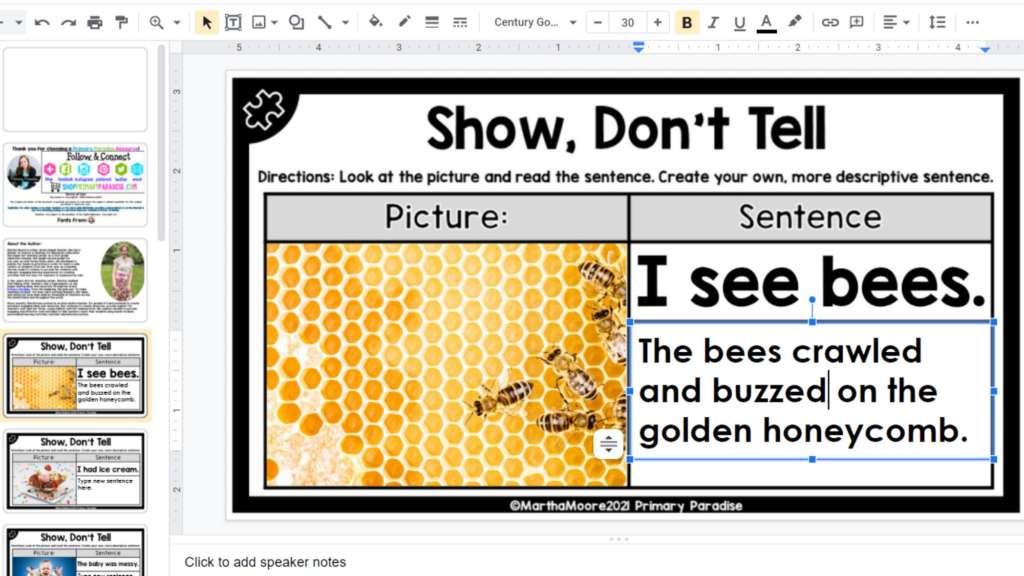
You can find a free, digital version of this activity in my free resource library.
4. Put them in charge.
Children love to feel important. They love to have control, and they love to be in charge. Tell students that you are having a hard time showing, not telling and that you need their help. This jigsaw activity is a lot of fun, gives students a change to move, and will help them work on descriptive writing.
Hang chart paper around the room (or create a Jamboard, Seesaw, or Google Slides template). Write simple, boring sentences on the top of the page. “Kesha was hungry.” “The dog was sleepy.” “My grandma is old.” “I ran home.” “It was raining.” Have students walk around with a marker and work on making the sentences more descriptive. They can do this individually, or in pairs or small groups. Once everyone has made their way around the room, go back and reread the sentences they came up with. Discuss which ones put a picture in your heads. Discuss which ones made you feel.
5. Utilize peer feedback.
Once students have a decent understanding of showing, not telling, utilize peer feedback. No one speaks “kid” better than kids. And, nothing helps you learn something more fully than by being the teacher yourself. Pair students up and have them read each other’s writing. Have each student pick one sentence from their partners’ writing and work through adding more details. Then, have them switch.
Besides this being a great way for students to work on creating more descriptive writing, this empowers them. It shows them that they have value to add to their peer’s work. It also teaches them that their peers’ ideas can add value to their work. There’s nothing better than strengthening academic skills, and social skills at the same time. Don’t just let me tell you, go ahead and show your class.
Don’t forget to grab your free, Show, Don’t Tell Resource. Click the picture below to go to the free resource library.
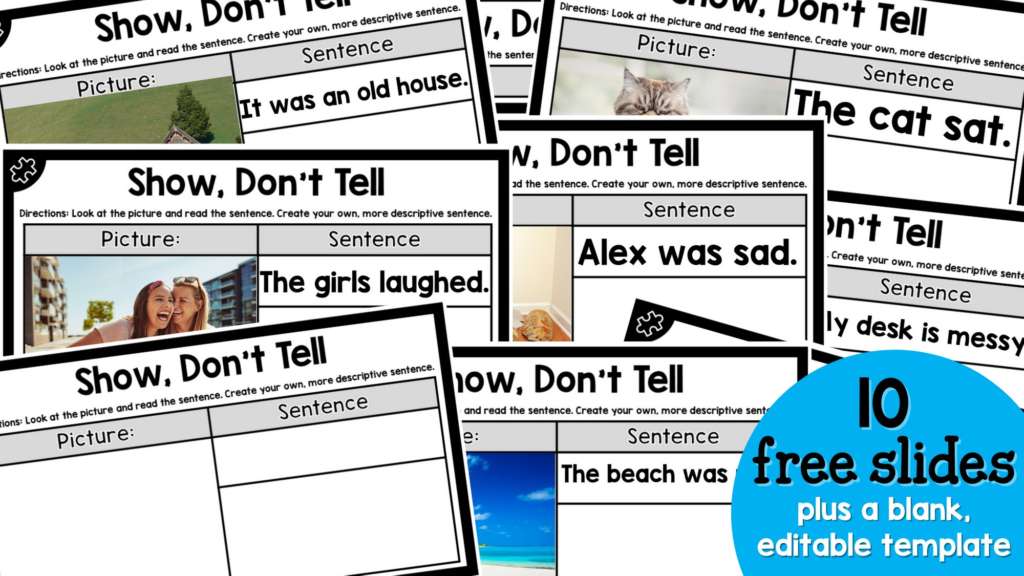
Feel free to join my FREE Facebook Club for k-2 teachers here!


